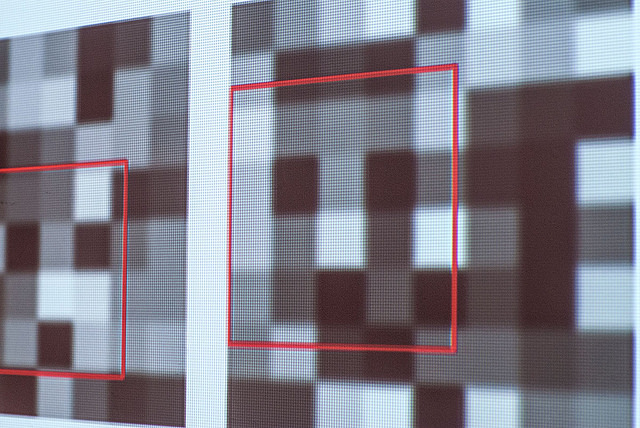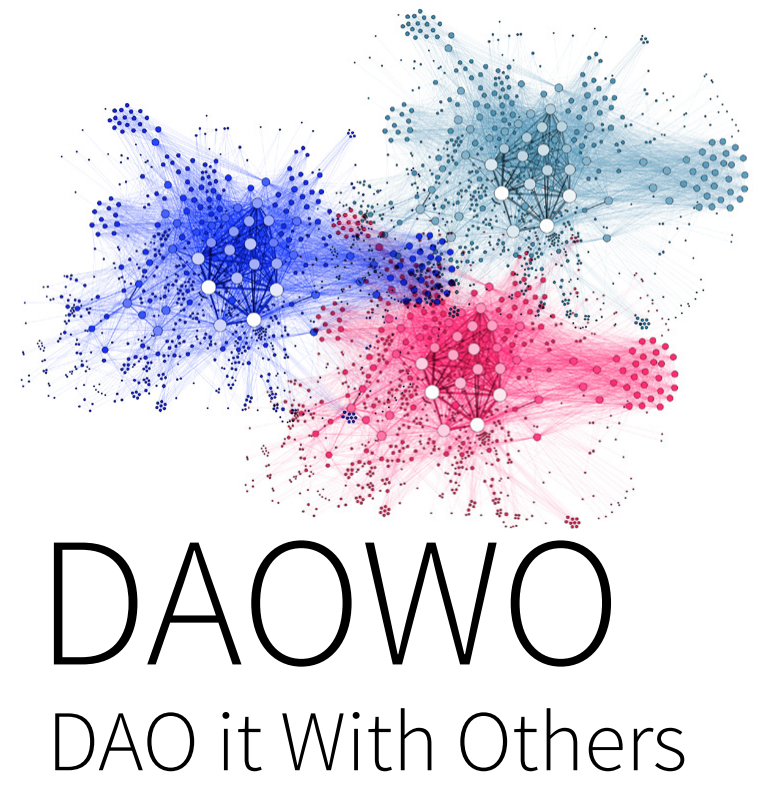(Sketch from September 2015, unpublished until now.)
The Ethereum project allows you to create arbitrary smart contracts to run on its blockchain). To ensure that those arbitrary contracts can communicate where they need to, they have published a list of standard contract interfaces:
https://github.com/ethereum/wiki/wiki/StandardizedContractAPIs
These standards allow different coins, registries, data feeds and other common contracts to communicate with and use each other in a well understood way.
Let’s extend this to art contracts, starting with a smart artwork. Next we’ll cover exhibitions and reviews.
These interfaces are applicable to contracts other than for art. Feedback and suggestions on how to generalize them gratefully received.
Purchaseable Artwork
A smart contract artwork either embodies an artwork in itself, represents or controls some aspect of an artwork, or contains or is a proxy for it in some way.
The contract’s owner is expected to be the artist, and not to change. “Ownership” of the artwork is recorded within the contract.
Methods
offer
offer(address _purchaser, uint _price, uint _until)
Only callable by the artwork owner. This is separate from the contract owner.
Offer the work for sale. The _purchaser address can be zero, in which case anyone can buy the artwork. The _price can be zero, in which case the _purchaser need not send any funds. And _until can be a UNIX timestamp in the past, in which case the artwork is not actually for sale. Zero works well for this.
purchase
purchase() returns (bool _success)
If the caller matches the _purchaser (or it is set to zero), sends enough ether to match _price (or price is zero), and the offer has not expired, the caller becomes the new owner of the artwork.
purchaseFee
purchaseFee() return (uint8 _percentage)
The percentage of the purchase price that goes to the contract owner (the artist) rather than the purchaser. A functional equivalent to the ‘Artist Resale Right’.
setPurchaseFee
setPurchaseFee(uint8 _percentage)
Callable only by the contract owner.
This sets the percentage of the purchase price that will go to the contract owner rather than to the purchaser. It can be set to zero.
Events
Offered
Offered(address seller, address purchaser, uint price, uint duration)
The artwork was offered for sale by the current owner of the artwork, recorded as seller.
Sold
Sold(address seller, address buyer, uint price)
The artwork was sold by seller to buyer for the price given in Ethers.
Exhibitable Artwork
An exhibitable smart contract artwork separates out the capability to exhibit the artwork from simple ownership and places it under the contract’s control.
Methods
exhibit
exhibit(address _at, uint _duration) returns (bool _success)
Mark the work as exhibited at (address) for _duration seconds from success of the transaction, if the caller sends sufficient Ether to cover the exhibition fee.
The address the work is exhibited _at can be privileged by the specific implementation of the contract (for example, a web server can allow access only from an address that can sign requests with the _at address key).
exhibitFee
exhibitFee() returns (uint _fee)
The number of Ether per second payable as an exhibition fee. Zero means that exhibition is free.
setExhibitFee
setExhibitFee(uint _fee)
Callable only by the contract owner.
This sets the number of Ether per second payable as an exhibition fee. It can be set to zero.
Events
Exhibited
Exhibited(address indexed at, uint duration)
The artwork was exhibited at the given address for duration seconds.






You must be logged in to post a comment.